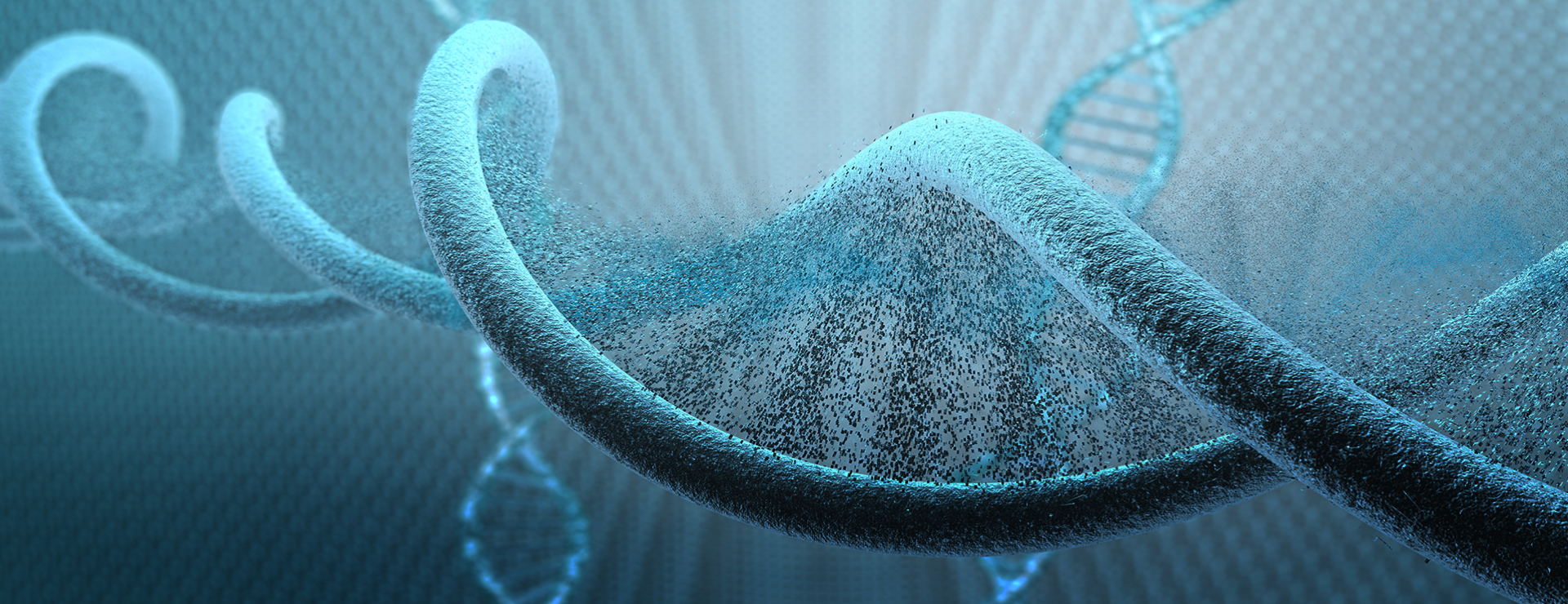
GABRQ
Facebook Support Group
Guide to Pharmacology
Share Your Story
What Is GABRQ
GABRQ refers to the gamma-aminobutyric acid receptor subunit theta (GABRQ), which is a component of GABA receptors. GABA receptors are specialized proteins found on the surface of nerve cells (neurons) in the brain and other parts of the central nervous system.
The primary role of GABA receptors, including the GABRQ subunit, is to bind to the neurotransmitter called gamma-aminobutyric acid (GABA). When GABA molecules bind to these receptors, they initiate inhibitory signals in the neurons. In simpler terms, GABA receptors help regulate the activity of neurons and promote a calming effect in the brain.
GABRQ, specifically, is one of the subunits that make up GABA receptors. It contributes to the functional properties and characteristics of the receptor as a whole. However, it’s important to note that GABA receptors are complex and involve multiple subunits working together to modulate the effects of GABA in the brain.
Symptoms of GABRQ?
GABRQ (Gamma-Aminobutyric Acid Type C Receptor Subunit Theta) is a gene that encodes a protein subunit of the GABAᴀ receptor, which is involved in regulating inhibitory neurotransmission in the brain. While there is limited information available regarding the specific role of GABRQ in ASD, research suggests that genetic variations or mutations in various genes, including GABRQ, may contribute to the development of ASD. There is also some limited research associating GABRQ with migraine susceptibility.
If there is a truncating region or mutation in the GABRQ gene, it implies that there is a genetic alteration that results in a shortened or incomplete protein product. Such truncating mutations can potentially disrupt the normal function of the GABAᴀ receptor and impact neurotransmission, potentially leading to neurological and developmental conditions like ASD.
It’s important to note that the specific symptoms and severity of ASD can vary widely among individuals. ASD is a complex neurodevelopmental disorder characterized by challenges in social interaction, communication difficulties, restricted and repetitive behaviors, and sensory sensitivities.
https://pubmed.ncbi.nlm.nih.gov/24040174/
Disclaimer: It is important to note that our understanding of GABA A Variants and their associated symptoms is an ongoing area of research. As of now, there may still be limited information available regarding the specific symptoms and implications of these genetic variations. It is recommended to consult with healthcare professionals or genetic specialists, and stay updated with the latest scientific research, as ongoing studies and advancements may provide further insights into GABA A Variants and their related symptoms.
Cure GABA A Variants non-profit and cureGABAa.org does not provide medical advice. It is intended for informational purposes only. It is not a substitute for professional medical advice, diagnosis or treatment. It does not diagnose, it produces a ranked list of suspected genes which provide assistance for rare hereditary disease cases. Patients should discuss their findings with their healthcare provider. Cure GABA A Variants does not intend to diagnose patients. It is providing information in order for patients to find and get better management of expert certified clinical assistance.

